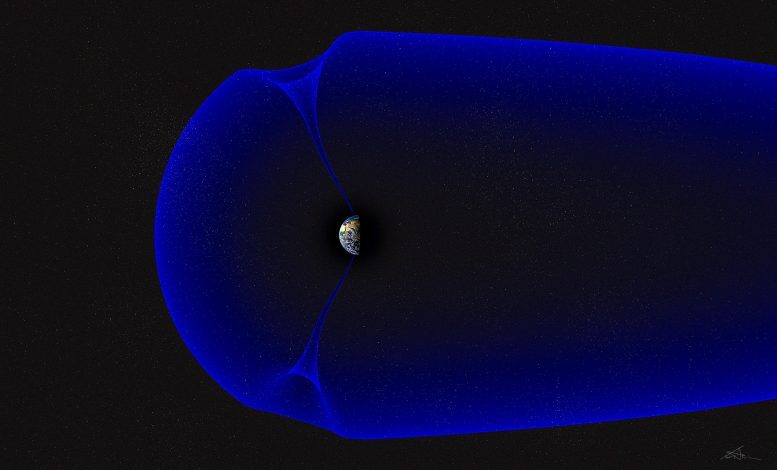
Radio and GPS signals behave strangely when they travel through this part of the sky. In the last 20 years, scientists and spacecraft operators noticed something else unusual as spacecraft pass through this region: They slow down.
"At around 250 miles above Earth, spacecraft feel more drag, sort of like they've hit a speed bump," said Mark Conde, a physicist at the University of Alaska Fairbanks and the principal investigator for NASA's Cusp Region Experiment-2, or CREX-2, sounding rocket mission. That's because the air in the cusp is noticeably denser than air elsewhere in the spacecrafts' orbits around Earth. But no one knows why, or how. By understanding the forces at play in the cusp, scientists hope to better anticipate changes in spacecraft trajectories.
The CREX-2 payload was successfully launched at 3:25 a.m. EST on December 1, 2021, from the Andøya Space Center in Norway. The four-stage Oriole IV sounding rocket carried the payload to an apogee of 392 miles. Preliminary reports are that the flight was successful and the ampules carrying the vapors performed as planned. Good data was received including data from the vapor imaging team.
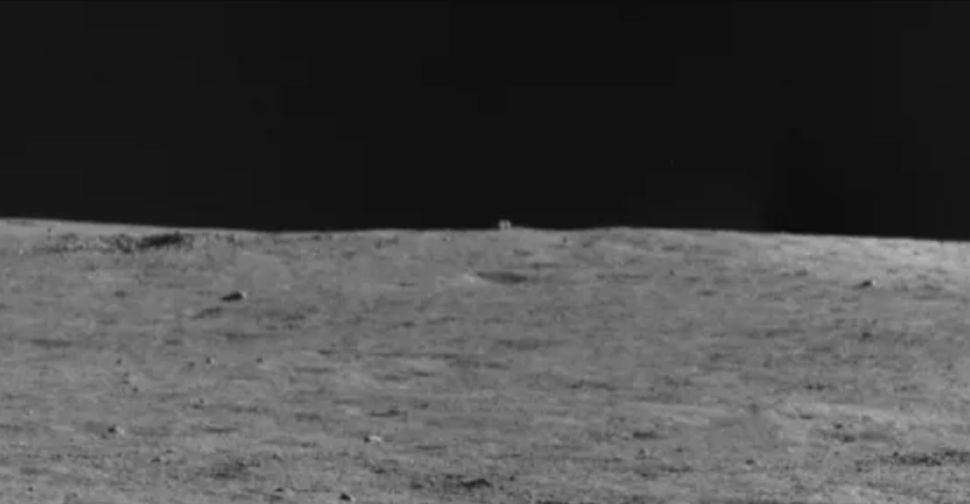
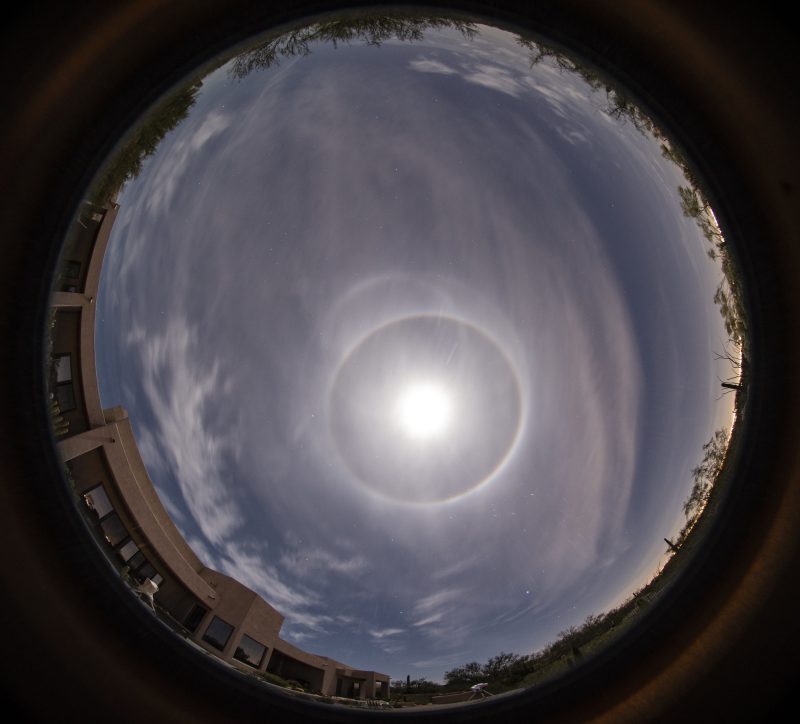
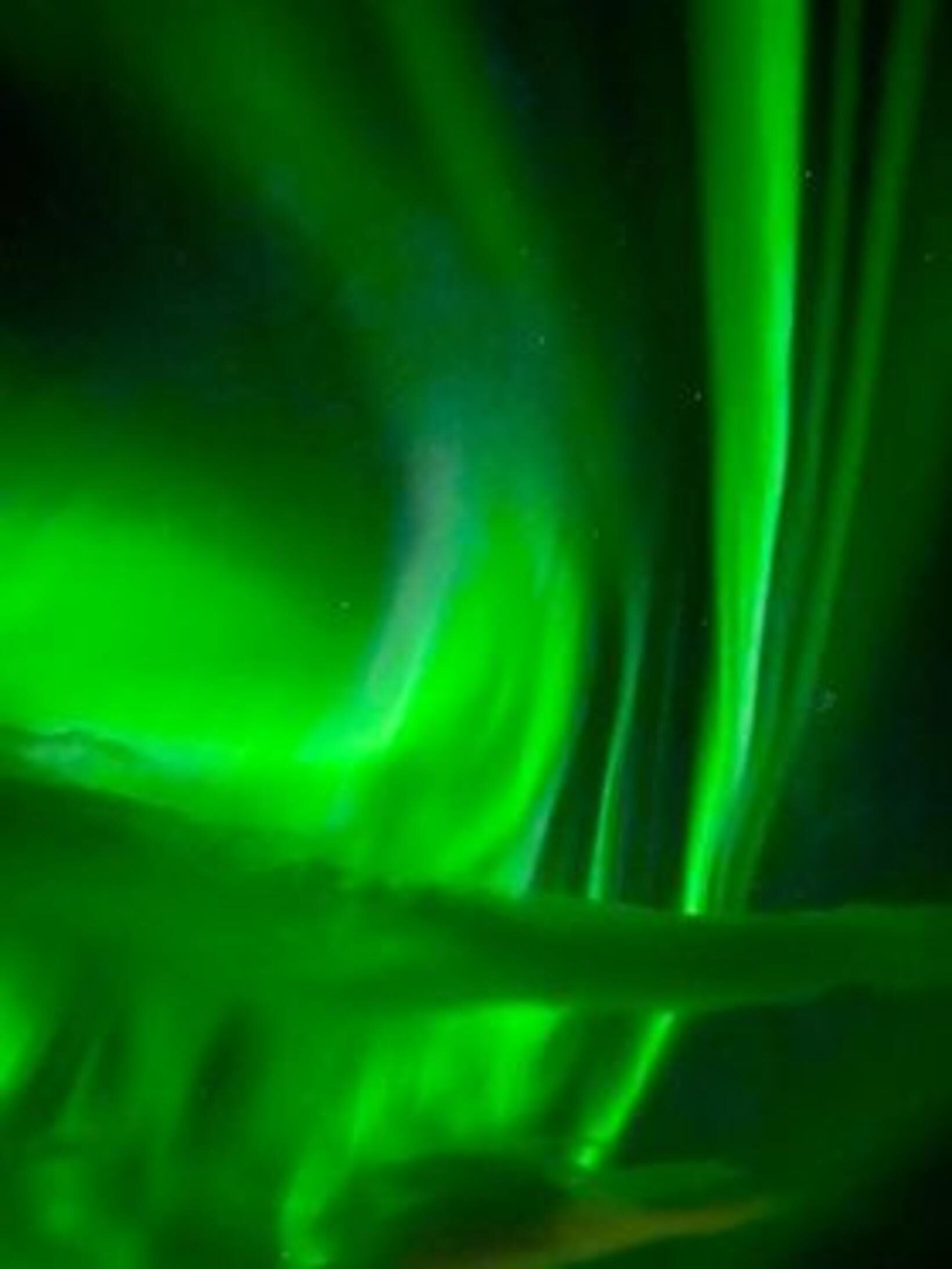
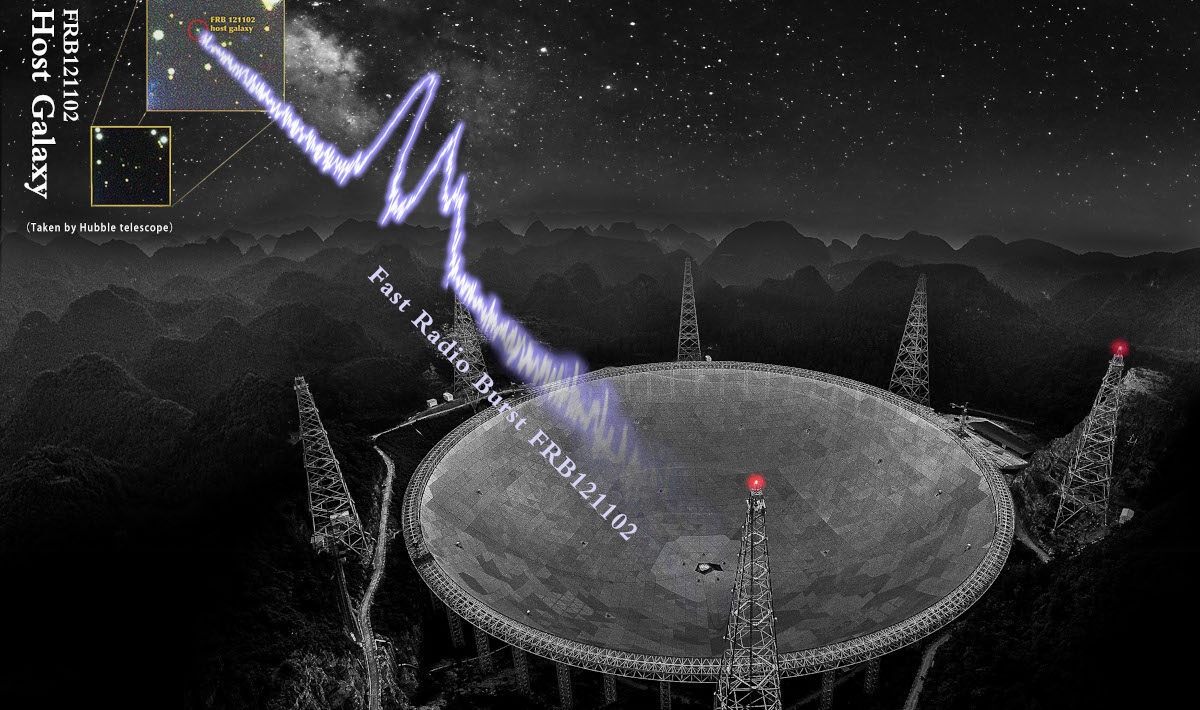
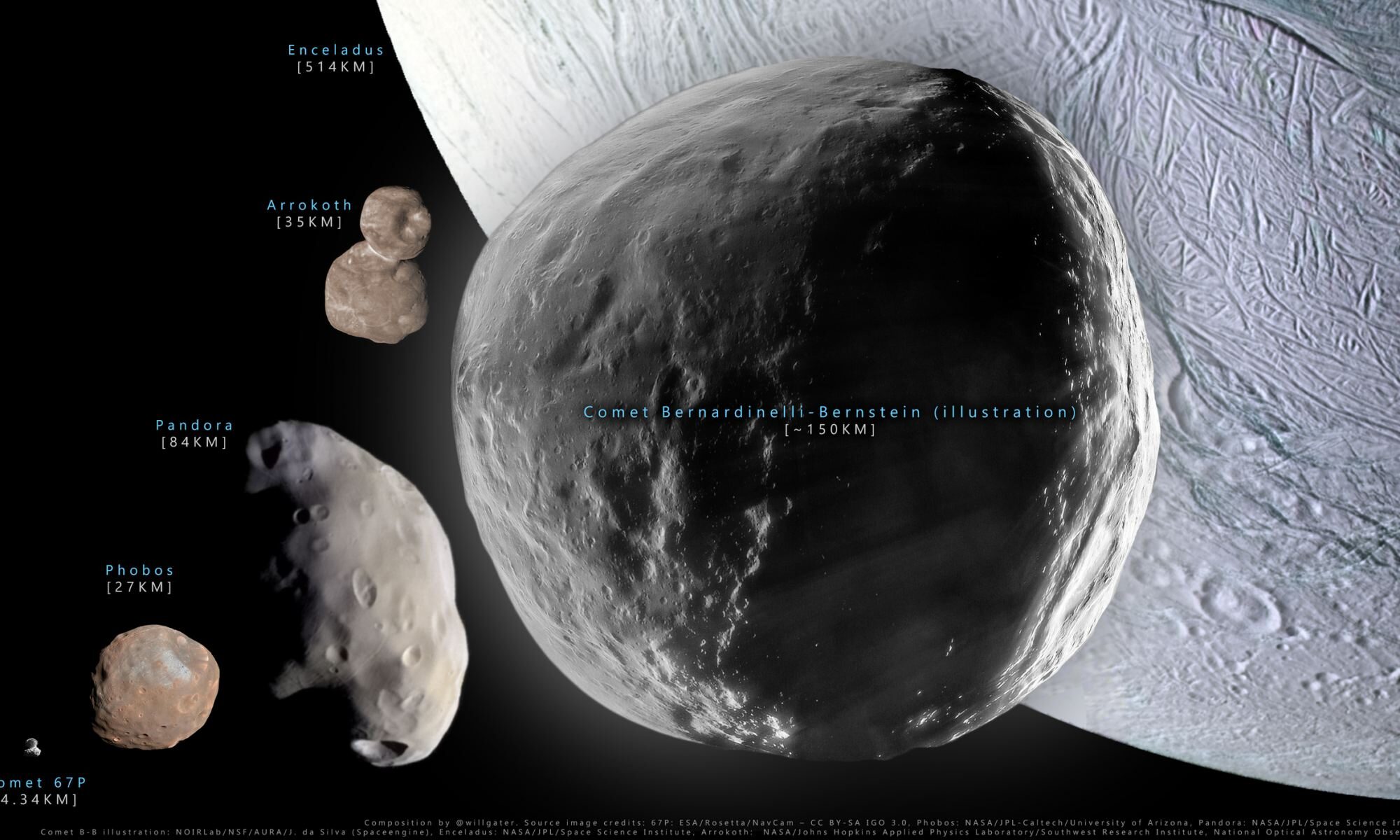
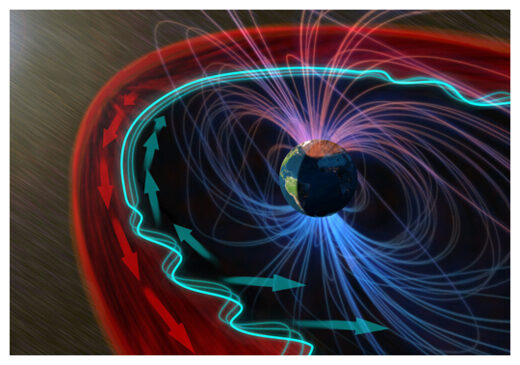

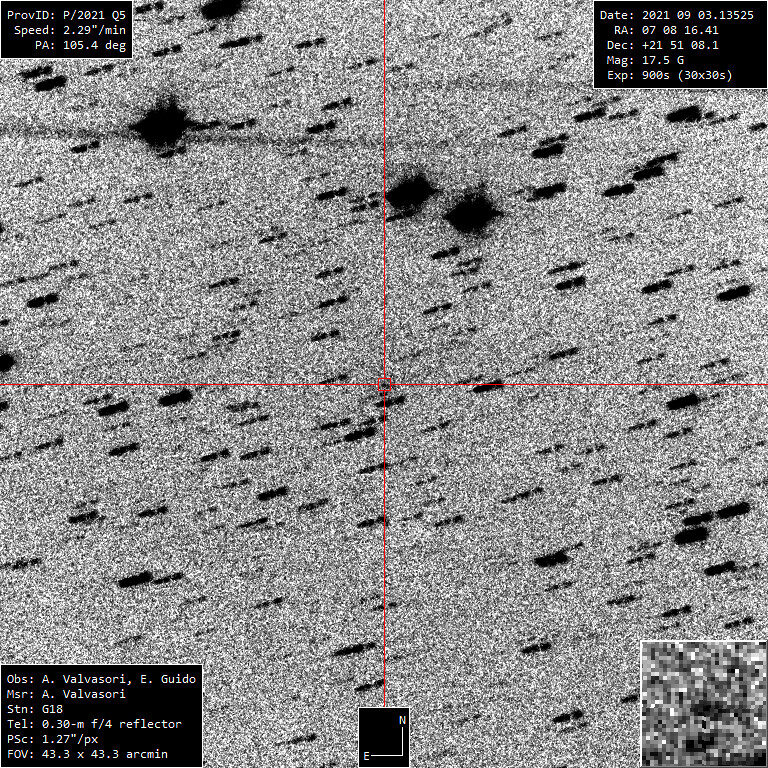
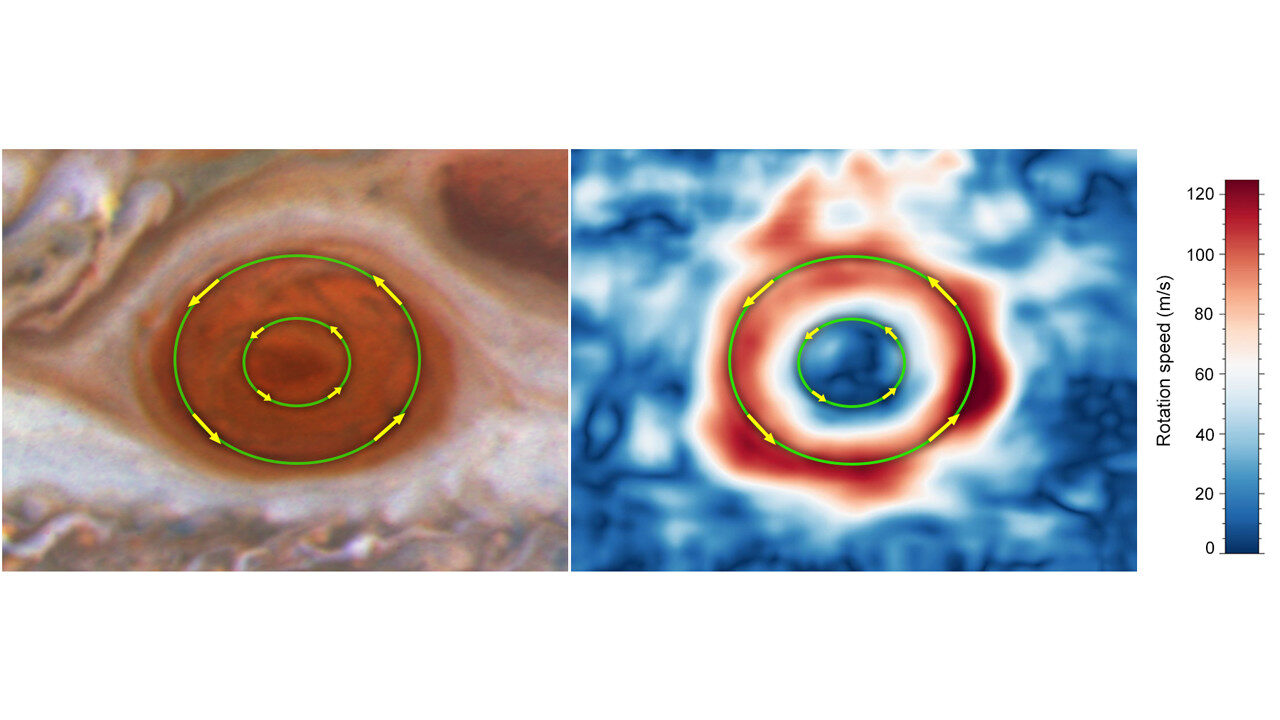



Comment: It's notable that the above is thought to be due to ice crystals forming in the atmosphere, because a variety of other related phenomena are on the rise and seem to further confirm that, as we enter a "grand" solar minimum, conditions on our planet are significantly cooling :
- Ozone hole above Antarctica is one of the largest ever, it's still growing, and may be linked to the COOLING stratosphere
- "Once in a lifetime" outbreak of polar stratospheric clouds captured on video above Sweden
- Cosmic climate change: 'Space plasma hurricane' observed in ionosphere above North Pole!
- Gulf Stream System at its weakest in over a millennium, last significant decline recorded during the little ice age
And check out SOTT radio's: